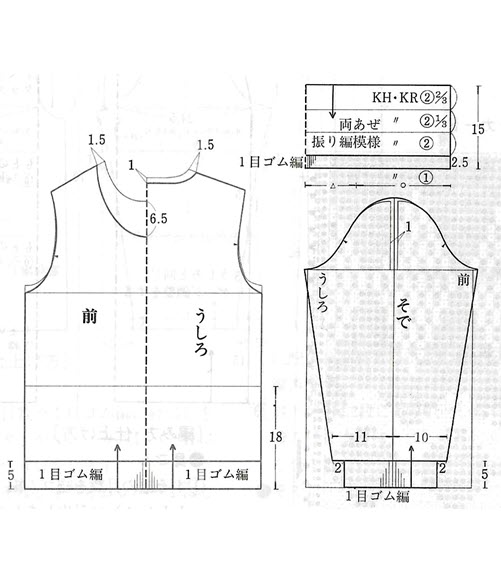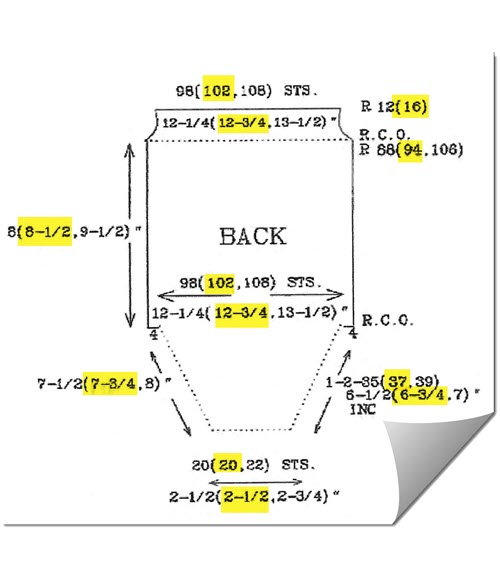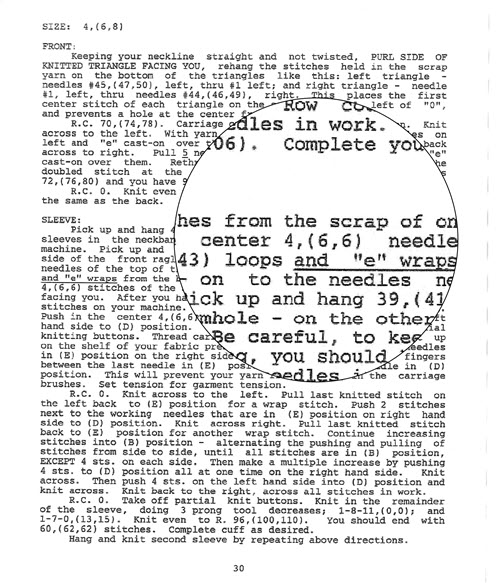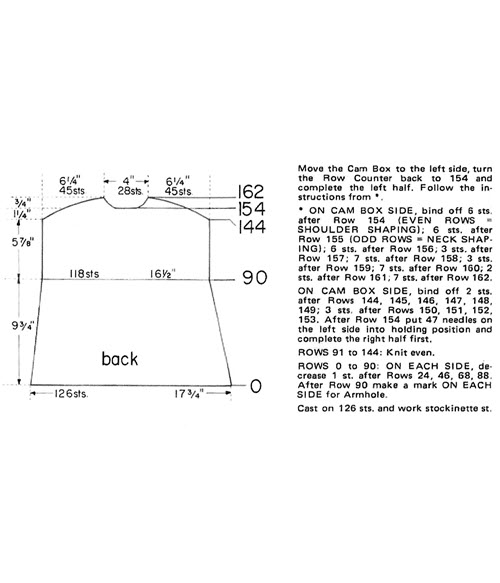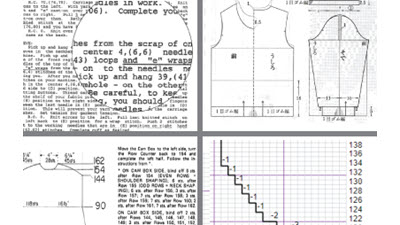
Comparing Machine Knitting Pattern Formats
Over the years machine knitting patterns have been published in a number of formats. Knitting from the different formats can be confusing.
Knit it Now has brought machine knitting patterns into the 21st century.
japanese notation knit it now patterns
